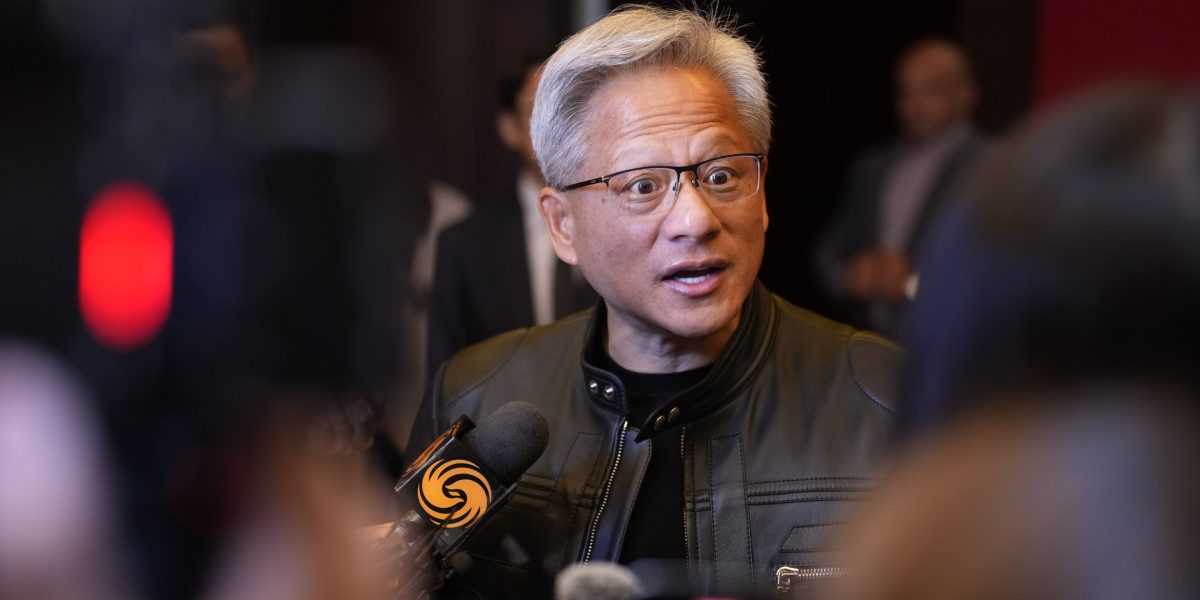Archive link: https://archive.ph/xTfD2
The commentary on September 29 by Morgan Stanley Wealth Management’s chief investment officer, Lisa Shalett, frames the current market boom as a “one-note narrative” almost entirely dependent on massive capital expenditures in generative AI, raising questions about its durability as economic and competitive risks start to mount. Shalett’s critique came squarely in the middle of some people in the AI field — and many financial commentators around Wall Street —fretting at market exuberance and beginning to talk openly about a bubble.
In an interview with Fortune, Shalett said she was “very concerned” about this theme in markets, saying her office had broadened from a belief that the market would only bid up seven or 10 stocks to roughly 40. “At the end of the day … this is not going to be pretty” if and when the generative AI capital expenditure story falters, she said.
What’s more than a little concerning to Shalett is that one company alone, Nvidia—the most valuable company in the history of the world, with an over $4.5 trillion market cap—is at the center of a significant number of these deals. In September alone, Nvidia invested $100 billion in OpenAI in a massive deal, just days after pledging $5 billion to Intel (the Intel agreement was tied to chips, not data-center infrastructure, per se).
Fortune‘s Jeremy Kahn reported in late September on significant concerns about “circular” financing, or Nvidia’s cash essentially being recycled throughout the AI industry. Shalett sees this as a major concern and a major sign that the business cycle is headed toward some kind of endgame. “The guy at the epicenter, Nvidia, is basically starting to do what all ultimate bad actors do in the final inning, which is extending financing, they’re buying their investors.”



This. I fully agree with her comparison to the dotcom bubble around 2000 regarding the market sentiment, but the fact that markets are “interwoven” as Ms. Shalett frames it is much more relevant imo. And it reminds me more on the situation before 2007/08, when investment banks bought assets, securitized and sold them to the market, and then let their trading departments buying them back through the back door (Richard Bookstaber’s seminal book, "A demon by our own design’, is a highly recommended read on that. Mr. Bookstaber suggests that ‘overspecialization’ and centralization of decision making -often through ill-considered quantitative trading techniques- lead to vulnerabilities that eventually can force markets to collapse).
[Edit typo.]
Good point!